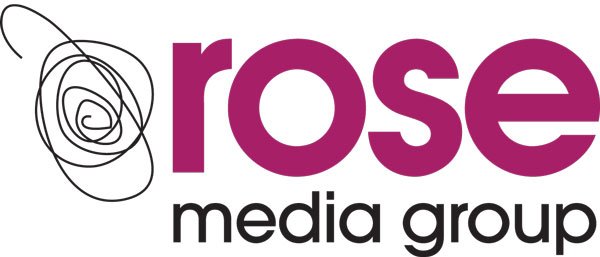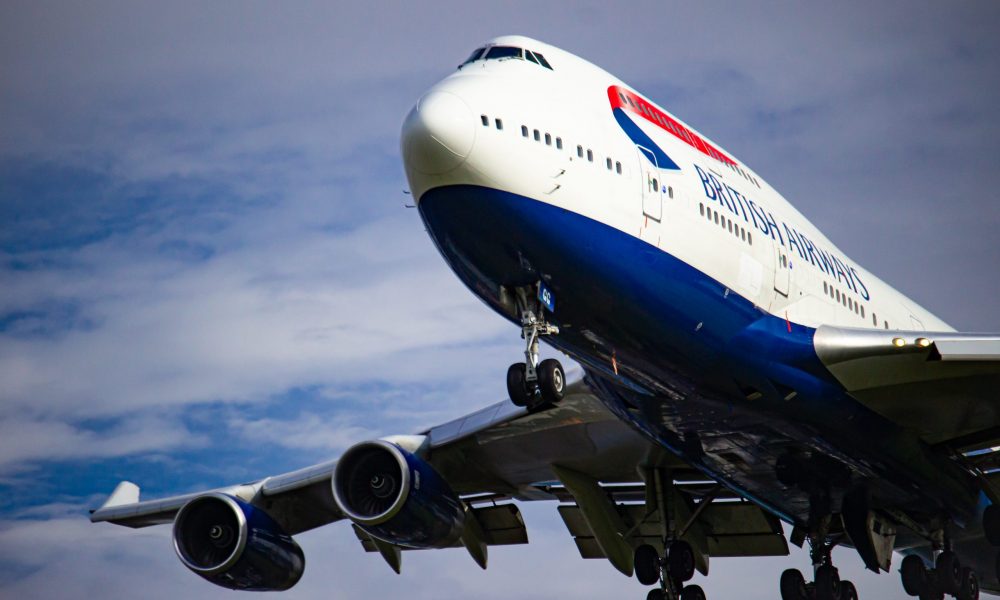Planes come in all shapes and sizes these days, some of them instantly recognisable and most of them as bland and beige as it gets. A small handful of them, however, have achieved iconic status. These include the Spitfire, the Concorde and the Spirit of St, Louis and, last but definitely not least, the Boeing 747. This eye-catching, jaw-dropping, breath-taking piece of art is without doubt the most famous passenger aircraft of them all.
Sadly, the 747, known to millions as the Jumbo Jet, ceased production in December 2022, after 54 years of manufacture. The announcement by Boeing didn’t exactly come as a shock, because poor old Jumbo’s popularity has been in decline for a few years now. The increasing popularity of the Airbus played a part in this, along with the Covid pandemic. The 747’s high operating costs were the main factor, however; it’s always sad when corporations make decisions based on their purse strings rather than their heart strings, but of course it’s also fairly understandable.
Like the laser, the audio cassette, the computer mouse and the Sharpie pen, the Boeing 747 is a child of the 1960s. Originally designed with a view to becoming a military aircraft, the first model was wheeled out of Boeing’s factory in Everett, Washington State in September 1968. Its maiden flight took place in the following February, and the first delivery of a viable 747 was made in January 1970 to Pan Am. It was a success story from the very beginning, and it’s easy to see why.
More powerful and more fuel-efficient than similar models at the time, the Boeing 747 opened up the general public to the wonders of international travel. Its initial success coincided with a burgeoning desire for millions of people to explore the world around them, not just from the USA but from all over the globe. Large-scale passenger transport was now a reality, rather than a vague wish that might never come true.
A jewel in the crowns of so many airline fleets
The list of airlines that have ordered and operated 747s over the years reads like a Who’s Who of the aviation sector. As well as the more familiar names such as British Airways, Pan Am, Air China, Qantas, Cathay Pacific, Lufthansa and TWA, several military and cargo operators also used Jumbo Jets. And the many variations of the basic 747 model, such as the 100, 200, SP, 300, 400 and 8 meant there was always something for everyone. Sadly, the key word in that statement is was.
On December 6, 2022, the last Jumbo Jet left the factory, bound for life as a cargo plane for Atlas Air, a carrier based in New York State. And while Boeing won’t be making any more new ones, the legacy of the 747 is still with us, and the stats are hugely impressive. In 2019, as the plane celebrated its 50th birthday, Boeing announced that more than 5.9 billion people (equal to around three quarters of the world’s population) had flown on them. The 747-8 model can also boast some impressive stats. It can transport, for example, around 19 million ping-pong balls or some 10,700 solid gold bars, and at cruising speed it travels the equivalent of three football fields every second. Next time you need millions of ping-pong balls in a hurry, you know who to call.
The fabulous 747, known at Boeing as the Queen of the Skies, has managed to become so much more than a means of getting from A to B. In an era in which image is everything, the Boeing 747 has become as iconic as any rock star, as influential as any social media champion and as celebrated as any sporting giant. It’s fair to say that it’s difficult to imagine any airplane ever again being seen in such affectionate terms.









